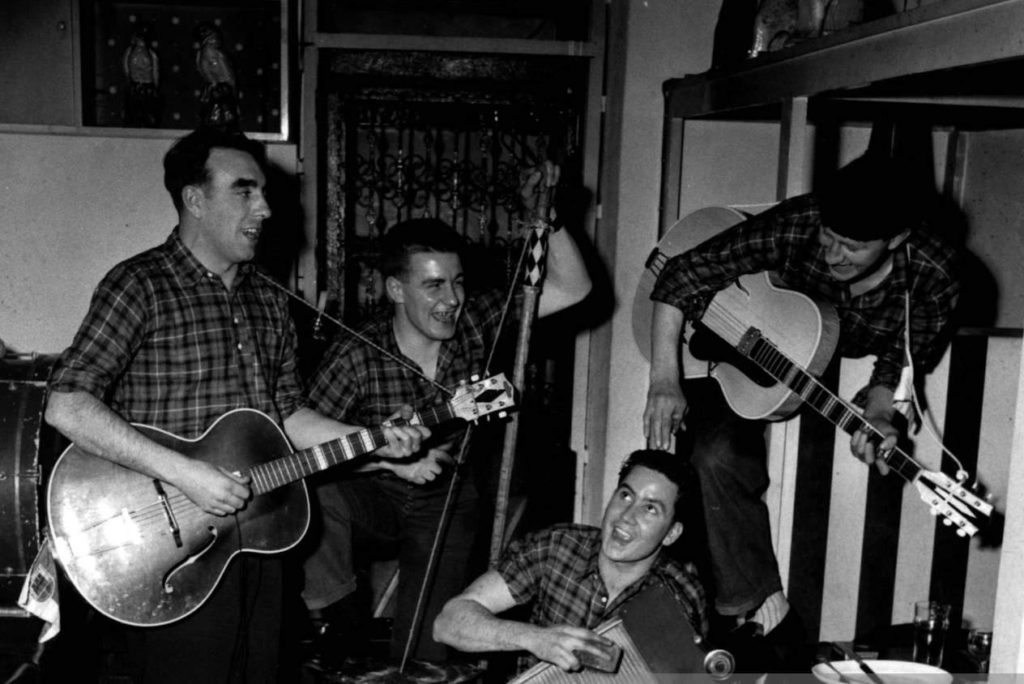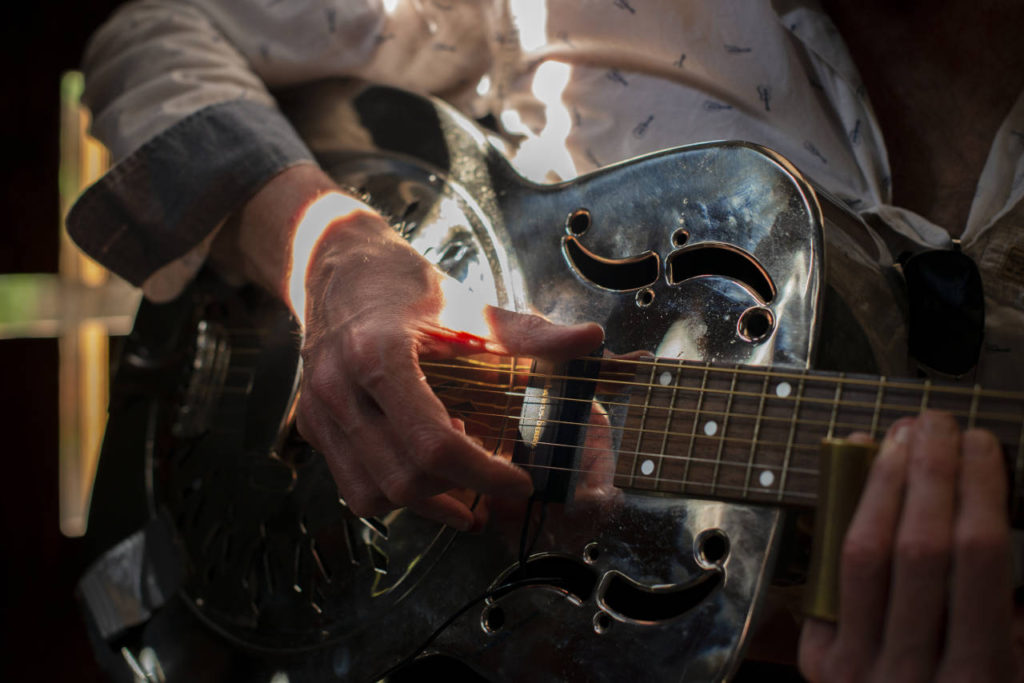This is a beginners guide to blues guitar. There are many forms of blues including the 8 bar (Key to the Hughway, Trouble in Mind), and 16 bar formats (Summertime, I’m your Hoochie Coochie Man), and the 12 bar blues. The 12 bar blues is almost certainly the most common form of blues, a music form that can be traced back to the late 19th century. Blues has its roots in Africa, although it is a quinticensually American music form which has many regional variations including, but not limited to Chicago blues, piedmont blues and mississippi delta blues. Musicians best known for piedmont blues include blind boy fuller, blind willie mctell, and possibly the best known sonny terry and brownie McGhee, with the style characterised by syncopated (meaning the emphasis is moved to between the beats) melody produced by playing the melody with the right and fingers while the right hand thumb keeps the beat.
…
Beginners guide to blues guitarRead More »

